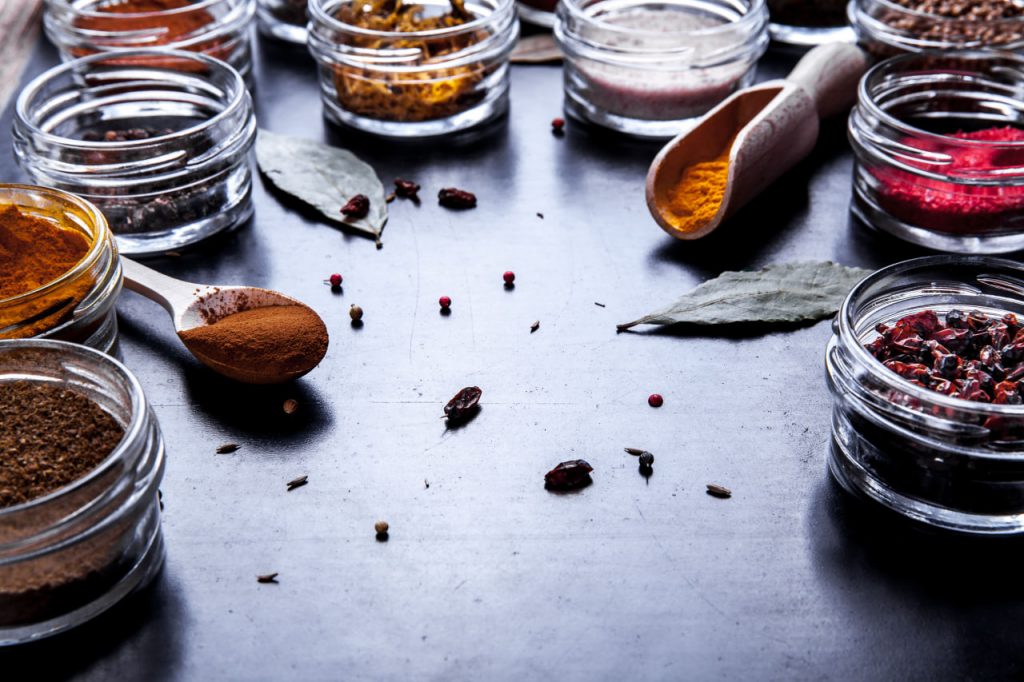When it comes to cooking, one of the most exciting challenges is mastering the art of spice pairing. Spices have the ability to elevate any dish, turning simple meals into extraordinary culinary experiences. However, knowing how to combine them effectively can be tricky. A poorly chosen blend can result in an overwhelming or off-putting flavor, while the right pairing can create a harmonious, mouthwatering dish. In this article, we’ll explore how to combine spices to create balanced, flavorful dishes and give you tips to experiment with confidence in your kitchen.
Start with Basic Spice Profiles
The first step in mastering spice pairing is to understand the different flavor profiles of various spices. Spices can generally be categorized into six main types of flavors: sweet, sour, bitter, salty, pungent, and umami. Each of these flavors has a unique role in cooking, and knowing which spices fall into each category will help you make better decisions when combining them.
For example, cinnamon, nutmeg, and cloves are considered sweet spices, while chili powder, black pepper, and mustard seeds fall under the pungent category. On the other hand, sumac, tamarind, and lemon zest provide a sour element, and spices like ginger and cumin are earthy and slightly bitter. Understanding these profiles will allow you to pair spices that complement one another, bringing out their full potential in a dish.
Pairing Spices Based on Common Profiles
One of the easiest ways to begin pairing spices is by choosing those that share a similar flavor profile. For example, spices that belong to the sweet flavor family—such as cinnamon, nutmeg, and cardamom—work well together in desserts, warm beverages, and spiced cakes. These spices also pair beautifully with honey, fruits, or nuts.
For savory dishes, spices like cumin, coriander, and turmeric form a wonderful trio. These earthy, warm spices create a base for many Middle Eastern, Indian, and North African dishes. Add some heat with chili flakes or ground ginger, and you have a flavorful and well-balanced spice blend. These spices are perfect for soups, stews, curries, and roasted meats.
Balancing Heat with Coolness
Heat is one of the most important elements in spice pairing. Some spices, like chili peppers, mustard seeds, and paprika, bring an intense heat to a dish, while others provide more subtle heat. A key element of successful spice pairing is balancing these fiery flavors with cooling or refreshing spices. For example, when cooking a spicy curry or stew, you can use cooling ingredients like coconut milk, yogurt, or mint to balance out the heat.
Another way to achieve balance is to use cooling spices like fennel, cardamom, or fresh herbs like cilantro and basil. These spices can temper the heat in a dish while adding complexity and brightness. A touch of honey or a squeeze of citrus juice can also help to cut through the heat and balance the flavors in spicy dishes.
Layering Spices for Depth
To create rich, multidimensional dishes, try layering spices throughout the cooking process. Start by toasting whole spices like cumin seeds, cardamom pods, and mustard seeds to release their essential oils. This helps to unlock their full flavor and creates a deeper base for your dish. Then, add powdered spices like turmeric, cinnamon, or paprika, which will dissolve and infuse the dish with a more subtle flavor.
For example, when making a curry, you can begin by sautéing onions, garlic, and ginger with whole spices like cinnamon sticks, cloves, and bay leaves. Afterward, add your powdered spices, such as cumin, coriander, and turmeric, and let them cook for a few minutes before adding your main ingredients. This layering technique results in a complex, well-rounded flavor profile.
Pairing Spices with Herbs
In addition to spices, herbs play an essential role in flavor combinations. While spices provide heat, depth, and complexity, herbs offer fresh, vibrant notes that can brighten up a dish. Combining herbs with spices can create a harmonious balance of flavors. For example, rosemary and thyme, with their earthy and woody tones, pair beautifully with spices like paprika and garlic. Basil, cilantro, and parsley offer fresh, aromatic elements that work well with the heat of chilies and the richness of cumin and turmeric.
Experimenting with Unconventional Pairings
Once you have a handle on basic spice pairings, don’t be afraid to get creative and experiment with unusual combinations. For example, try pairing cinnamon with chili powder for a sweet-and-spicy kick in savory dishes like chili con carne or roasted vegetables. Or mix turmeric and ginger with citrus zest for a vibrant, zesty flavor that can be added to rice dishes or salads. Sometimes, unexpected pairings can lead to exciting culinary discoveries.
Trusting Your Palate
Ultimately, the best way to learn spice pairing is by trusting your own taste buds. While it’s helpful to have some guidelines, your palate is the most reliable tool for determining whether a spice combination works. Taste your dish as you go and make adjustments to the seasonings as needed. The more you cook with spices, the more confident you’ll become in knowing what works together and what doesn’t.

